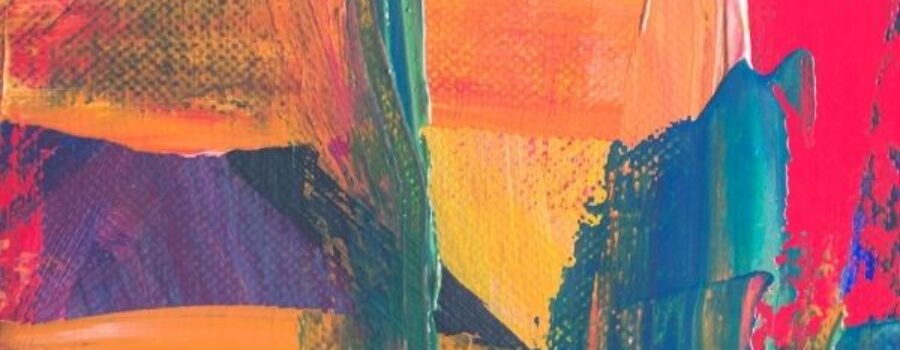Or Why The Contemplative Art Practices Are For Everybody
My first meditation teacher was also my dance teacher. She introduced me to a long tradition in Buddhism of using art making as a meditation practice. This tradition includes Japanese flower arranging, calligraphy, sand painting, poetry and of course, dance. The act of creating requires that we be present. Art making happens now. Right now. That’s the excitement and terror of it.
It is also the excitement and terror of our everyday life. Most of us don’t see the natural creativity of our lives. But aren’t we creating our lives moment by moment with every decision we make in how we dress, plate our food, speak to our friends, move across the room? Every moment is unformed until we form it. It’s a dance we do with others and the world around us, interacting and responding. This requires listening in the deepest sense, being wide open to our surroundings and (here’s the terror part) acting from our own authentic perspective, being willing to make our mark. It’s a step into the unknown.
The contemplative art practices train the mind and body to step into this unknown. They are a container, much like sitting practice, for guiding our attention to something other than the usual distractions, spacing out or habitual discursiveness. They guide our attention to the groundlessness of now that is always unfolding. Before we make something; a mark on paper, a gesture, or place a flower in the vase, nothing exists and we don’t know what is going to happen, anything can happen. We are making it up. The practice of making art intentionally trains the mind to be in that space. And to recognize that we are also making up our lives, moment by moment. It’s an exercise in feeling the responsibility of our own agency and the freedom of our own choices.
The contemplative art practices are a bridge between our formal sitting practice and our daily lives because they train us to be in the world, the world we know through our senses. Art is seen, heard, felt, spoken and sometimes smelled! In making art, we are getting in there, physically. Our intentions, ideas, aspirations might get us started but at some point, the brush hits the paper, word is written, the gesture is made and our attention can’t avoid the actuality of it. We create using the physicality of a medium. In doing so, we are called to wake up our senses. The same senses that we use to perceive the richness of our lives.
There are probably as many ways to practice contemplative art as there are artists or meditation teachers but the training that I have received focuses primarily on waking up the senses and stepping into the unknown. The exercises are deceptively simple; take a look (a long slow look) around the room, make a mark on paper with a brush (or a mop), compose a line of poetry from what you are seeing, or hearing or feeling right now, arrange these objects so they are pleasing to you. Everybody can do it.
For those people who do not have an art practice or see themselves as “artists”, the contemplative art practices might seem pointless, much like our sitting practice can feel pointless in the context of “getting things done”. We don’t get much done on the meditation cushion. And we might not make much “Art” with the contemplative practices but making art as meditation allows us to step out of the relentlessness space of doing, accomplishing and achieving because it, in some ways does not have a point. Unless the point is to feel a sense of confidence, joy, connection and appreciation.

